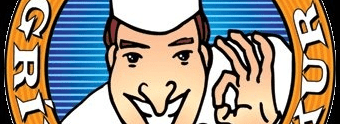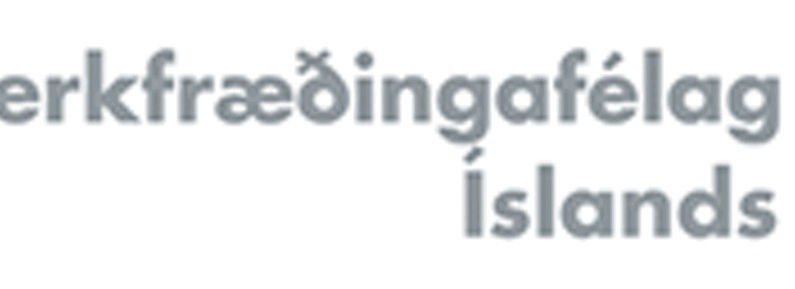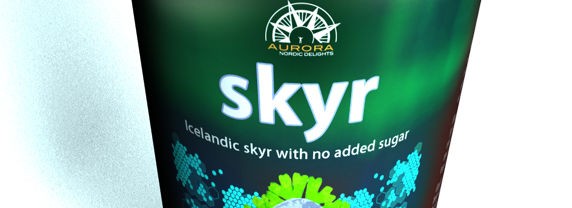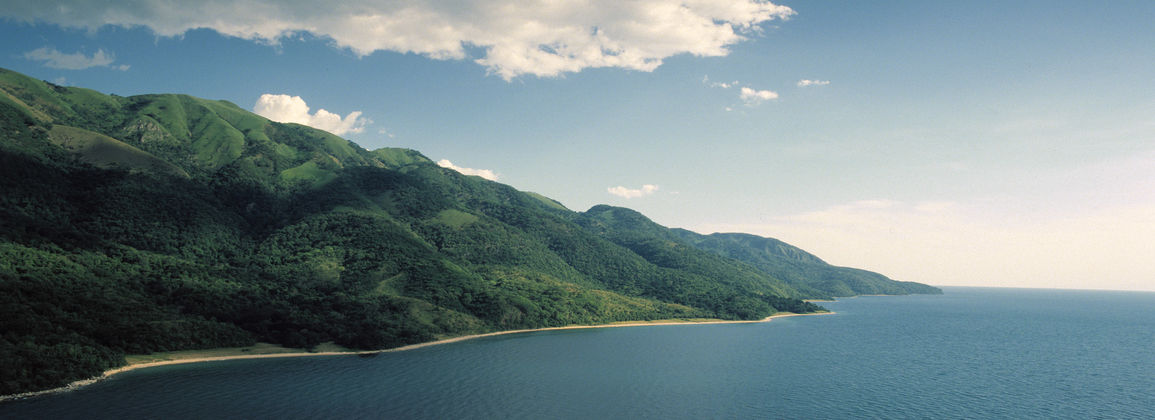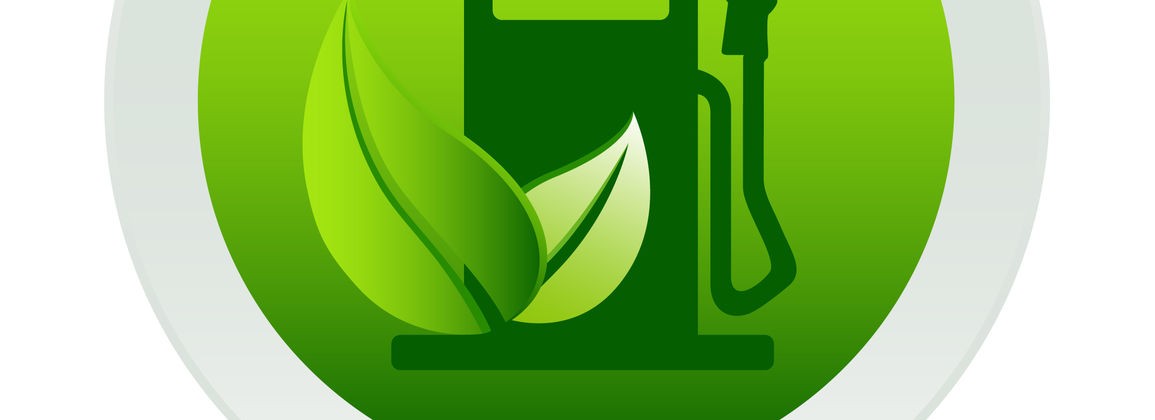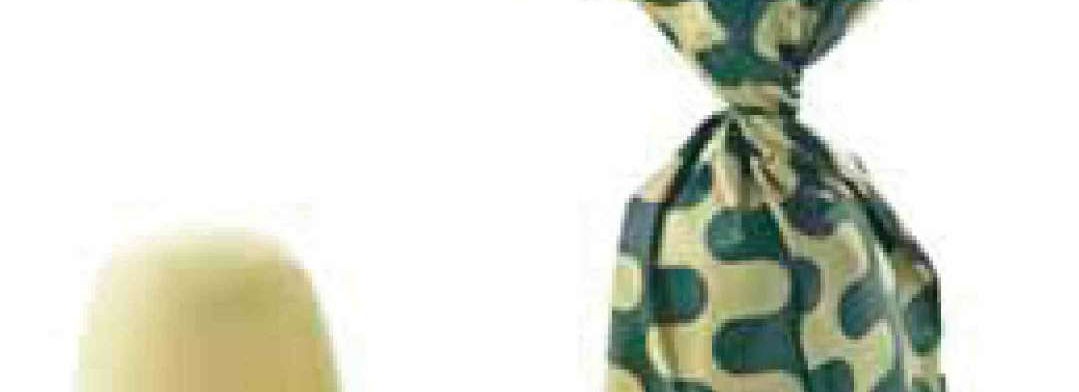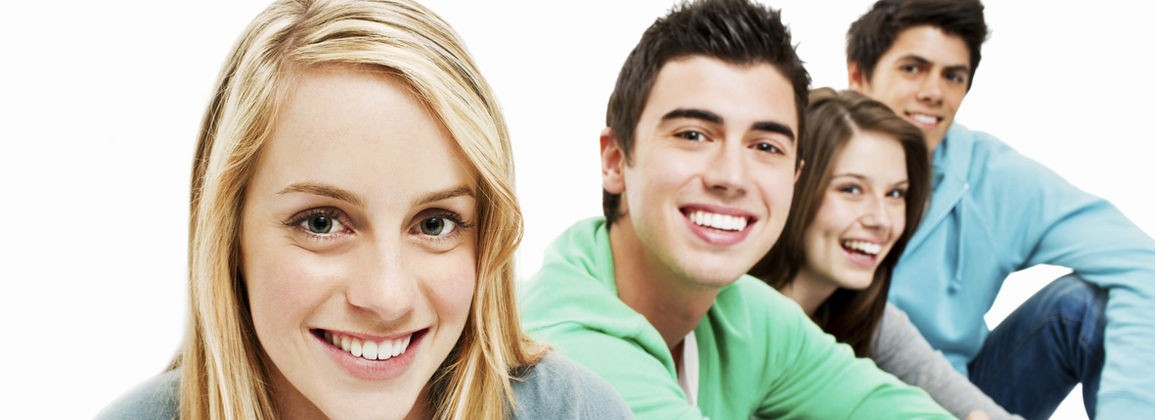The project Enriched seafood which was done in collaboration between Matís and Grímur kokk in the Westman Islands and Iceprotein in Sauðárkrókur is now coming to an end.
Several prototypes of products from Icelandic seafood were developed there, to which biomaterials from Icelandic seafood have been added, such as algae extract with defined bioactivity, hydrolysates to increase protein content and fish oil to increase omega-3 fatty acids.
The results show that it is possible to increase the amount of omega-3 fatty acids in fish balls without compromising the taste quality. The same can be said about the addition of algae powder and also succeeded in increasing the amount of protein in the fish balls. As a tool for active and successful product development with the participation of consumers, two focus groups of people were obtained to gain insight into consumers' experiences and knowledge about enrichment, enriched seafood, their consumption of seafood and food supplements and health-related lifestyles.
Consumer surveys were conducted to examine consumers' tastes for the prototypes compared to traditional products already on the market. Information on the bioactive substances and their activity influenced how people liked the products. The effect of the information depended on various factors, such as attitudes towards health and food, attitudes towards the ingredients of the product tested, as well as factors such as age and education.
An online consumer survey of more than 500 people showed that people are generally more positive about enrichment in the case of known hygiene products such as omega-3. It is also better to provide information on effectiveness even if it is a known substance, as it enhances people's positive experience of the product. Enrichment with kelp also seems to be a viable option as information on the use value of kelp in the product was given and the same can be said regarding fish protein. These products generally appeal more to people who focus on food hygiene, which is a fairly large group according to these findings. In general, it can be concluded from these results that the enrichment of seafood is a realistic possibility, but labeling and information to consumers must be considered.
In this project, experience was created at Matís, which will be further developed and used by other companies in product development and marketing of target foods, where consumers' wishes will be taken into account. Consumer surveys showed that it is very important how the marketing of such products will take place in order to reach selected consumer groups who are interested in such a targeted diet. The step has been a step forward in which bioactive substances have been added to ready-made consumer products. A very important result of this project is that in 2011 a grant was obtained from the Nordic Innovation Fund, NICe, to continue larger projects in this field and thus contribute to the increased value of seafood and marine life.
For further information Emilia Martinsdóttir at Matís.

